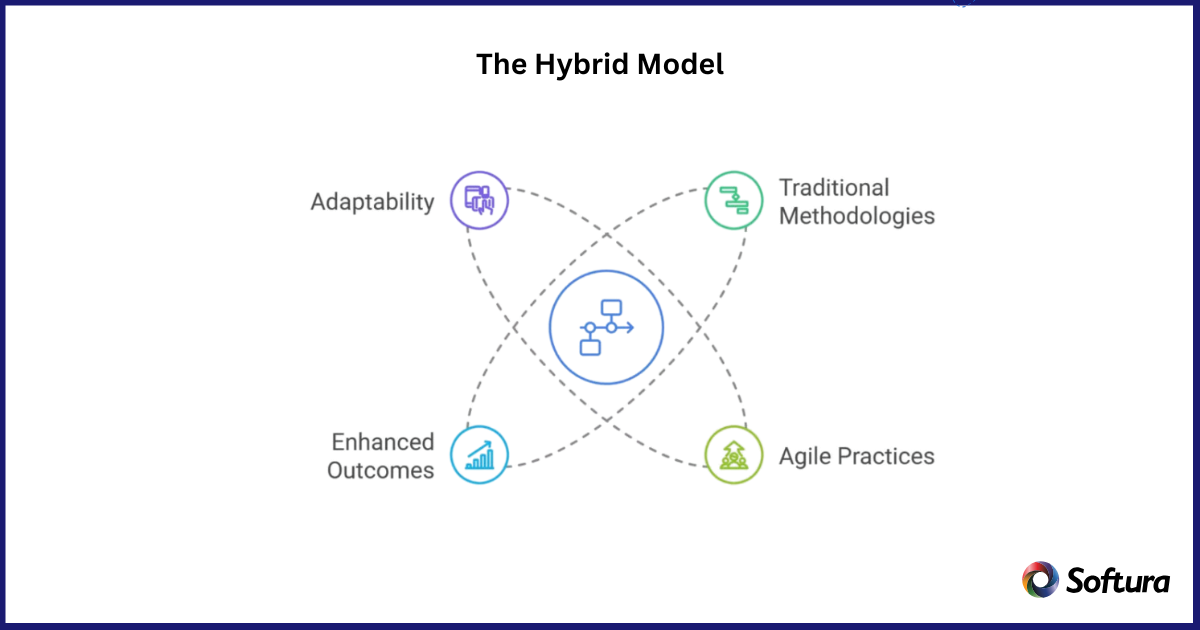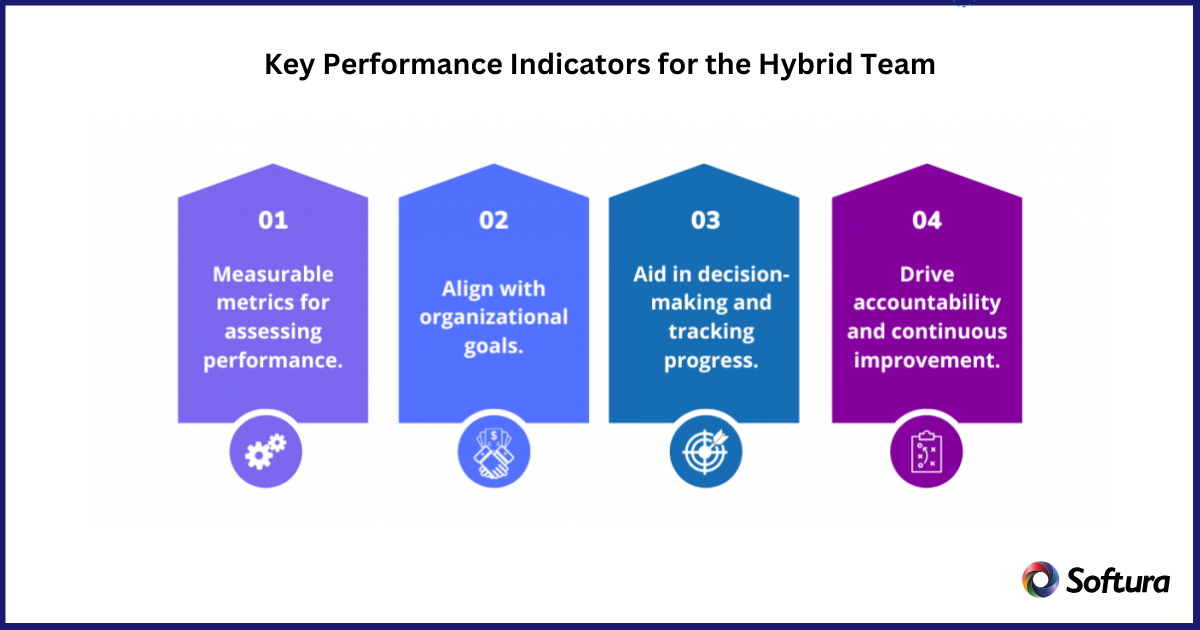"Our integration with the Google Nest smart thermostats through Aidoo Pro represents an unprecedented leap forward for our industry."
- Antonio Mediato, founder and CEO of Airzone.
Building and maintaining a fully in-house software development team that can handle every challenge is often an expensive and time-consuming endeavor. The solution for many is a hybrid approach, combining the deep institutional knowledge of an internal team with the specialized expertise and scalability of a dedicated software development team. In fact, a recent report from Deloitte found that 84% of companies mix onshore, offshore, and nearshore teams to enhance flexibility and manage risk, proving this model is a powerful force for agility and innovation.
This blog post will explore how you can leverage this hybrid approach to build a more resilient and effective software development strategy.
The hybrid model for software development is a strategic blend of your in-house team's deep knowledge of your company, its products, and its market with the specialized skills and scalability of a Dedicated Software Development Team. This approach isn't about replacing your internal staff; it's about empowering them. By offloading routine tasks, specific projects, or areas where your internal team lacks expertise, you free up your in-house developers to focus on core business functions and innovation.
This model's agility comes from its flexibility. Need to quickly pivot to a new technology? A dedicated team can be assembled with those specific skills, saving you the time and expense of hiring and training new employees. Is a project experiencing a sudden surge in demand? You can scale up the dedicated team instantly. This on-demand scalability allows your company to respond to market changes, new opportunities, and unforeseen challenges with a speed that a traditional, fully in-house team simply can't match. Essentially, the hybrid model turns your development capacity into a dynamic, elastic resource that grows and shrinks with your business needs, making it a powerful recipe for achieving unprecedented agility.

"Our integration with the Google Nest smart thermostats through Aidoo Pro represents an unprecedented leap forward for our industry."
- Antonio Mediato, founder and CEO of Airzone.
Communication is the cornerstone of a successful hybrid model. Without a seamless flow of information, the collaboration between in-house and dedicated teams can quickly break down, leading to project delays, misunderstandings, and rework. Bridging this gap effectively requires a proactive and strategic approach to communication and collaboration.
By focusing on these key pillars, you create an environment where the in-house team's deep institutional knowledge can seamlessly merge with the dedicated team's specialized skills, leading to a more efficient and productive workflow. This synergy is what ultimately unlocks the full potential of the hybrid model.
"By analyzing the data from our connected lights, devices and systems, our goal is to create additional value for our customers through data-enabled services that unlock new capabilities and experiences."
- Harsh Chitale, leader of Philips Lighting’s Professional Business.
Scale Smarter with the Hybrid Model
Leverage the best of in-house expertise and outsourced talent to accelerate development without added overhead.
The power of the hybrid model lies in its ability to play to the strengths of both your internal and external teams. Instead of viewing them as two separate entities, think of them as complementary forces, each bringing unique and valuable assets to the table. By strategically leveraging these strengths, you can create a sum that is far greater than its parts.
Leveraging Internal Knowledge
Your in-house team is the keeper of your company's institutional knowledge. They possess an intimate understanding of:
This deep, contextual knowledge allows the in-house team to focus on high-value, strategic tasks like product roadmap planning, core feature development, and maintaining brand-specific quality standards.
Tapping into External Expertise
A dedicated development team, on the other hand, provides a powerful influx of external expertise. They offer:
By assigning tasks that require specific, temporary skills to the dedicated team and leaving the strategic, core-business projects to your in-house staff, you create a system where every team member is working on what they do best. This not only maximizes efficiency but also accelerates development, reduces costs, and ultimately drives better business outcomes.
A well-defined workflow is the backbone of any successful project, but it's even more critical when combining in-house and dedicated teams. A seamless workflow ensures that the project moves smoothly from the initial idea to the final launch, with no confusion or dropped balls between the different teams. The key is to create a unified process that everyone understands and follows, regardless of their location or team affiliation.
Establishing a Shared Framework
By investing in a well-structured and transparent workflow, you can turn the potential challenge of a combined team into a powerful advantage, harnessing the collective expertise to deliver exceptional results.
The goal is to move beyond subjective feelings and toward data-driven insights that prove the value of this model. By tracking the right Key Performance Indicators (KPIs), you can ensure both your in-house and dedicated teams are aligned, productive, and delivering high-quality results.
Essential KPIs for the Hybrid Team

These metrics assess how well your teams are working together.
By consistently monitoring these KPIs, you can identify bottlenecks, refine processes, and prove the tangible return on investment (ROI) of your hybrid model. This data allows you to make informed decisions and continuously optimize your development strategy for ultimate agility and success.
Future-Proof Your Development Strategy
Partner with Softura to combine internal knowledge with global expertise for faster delivery, lower risk, and ultimate agility.